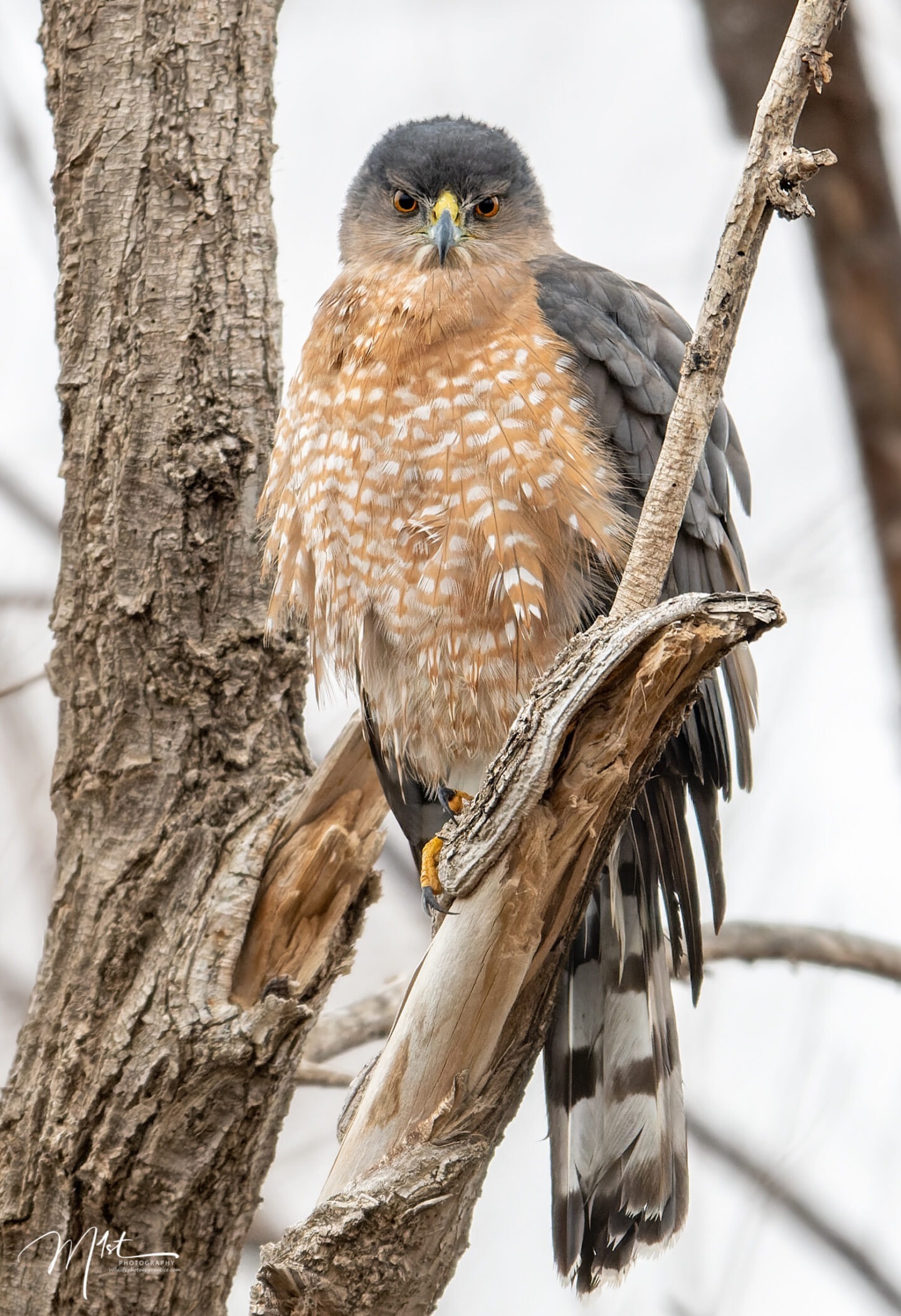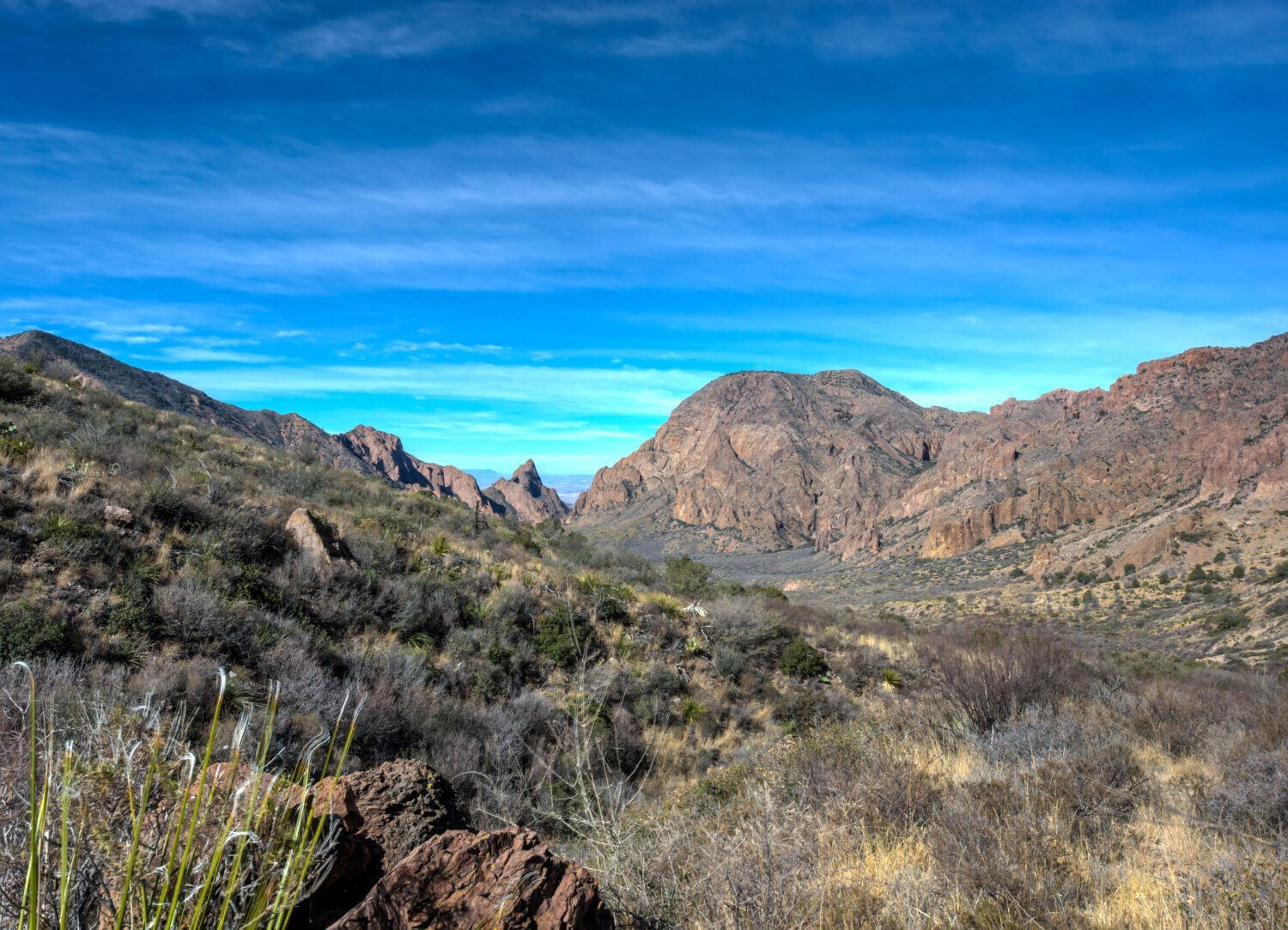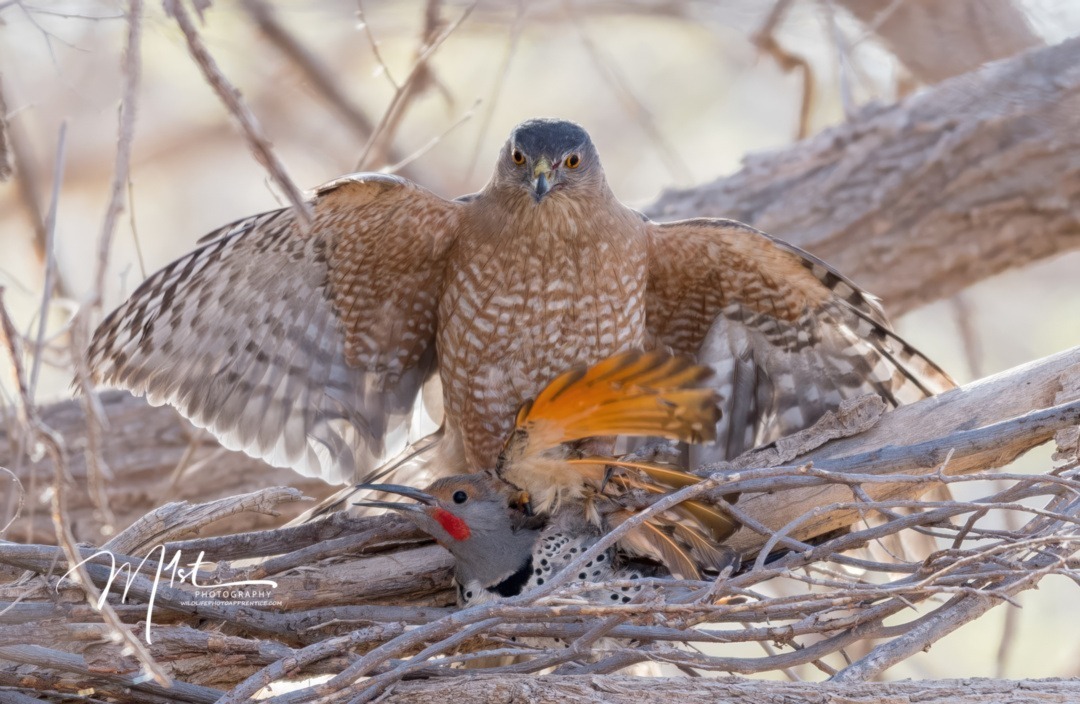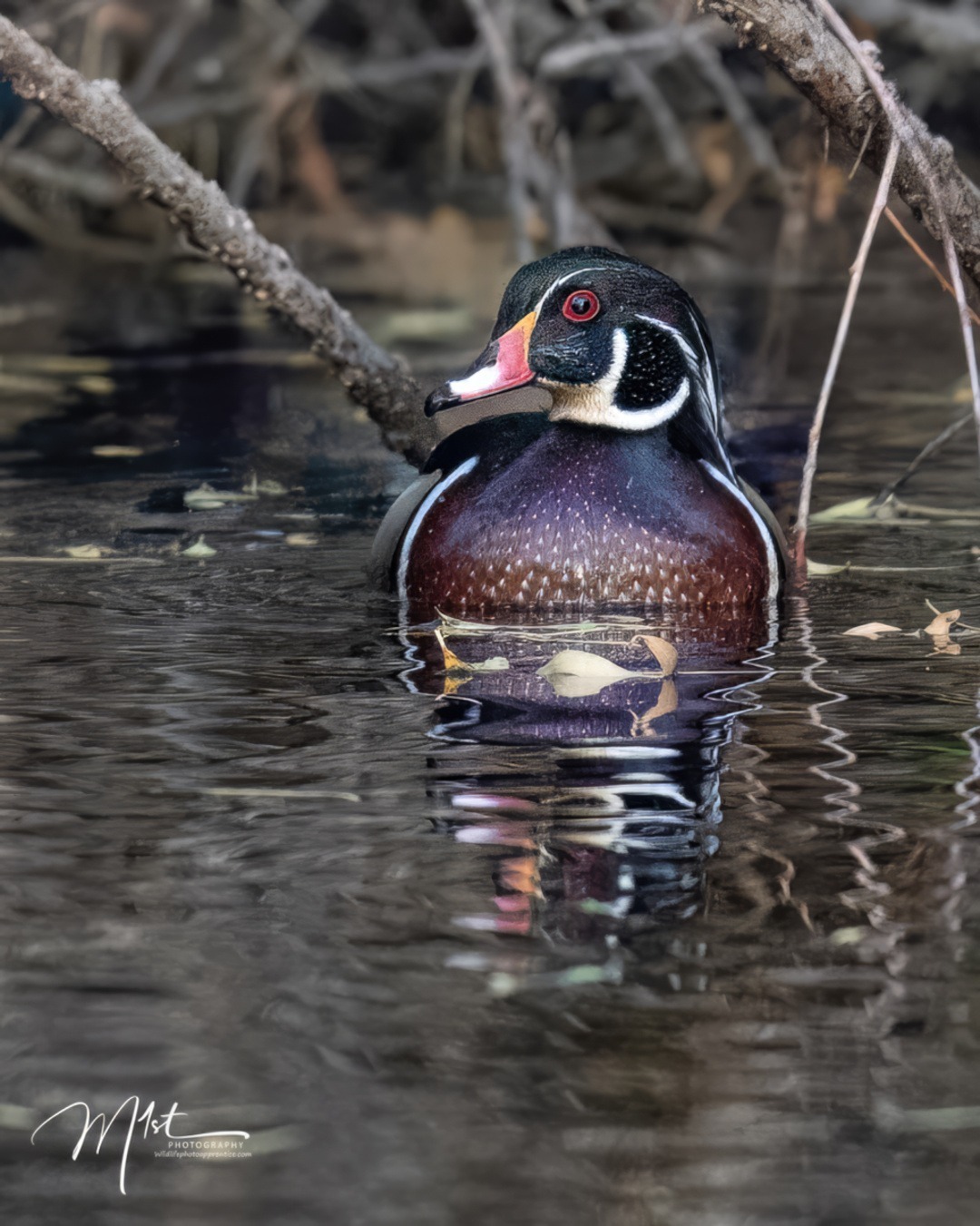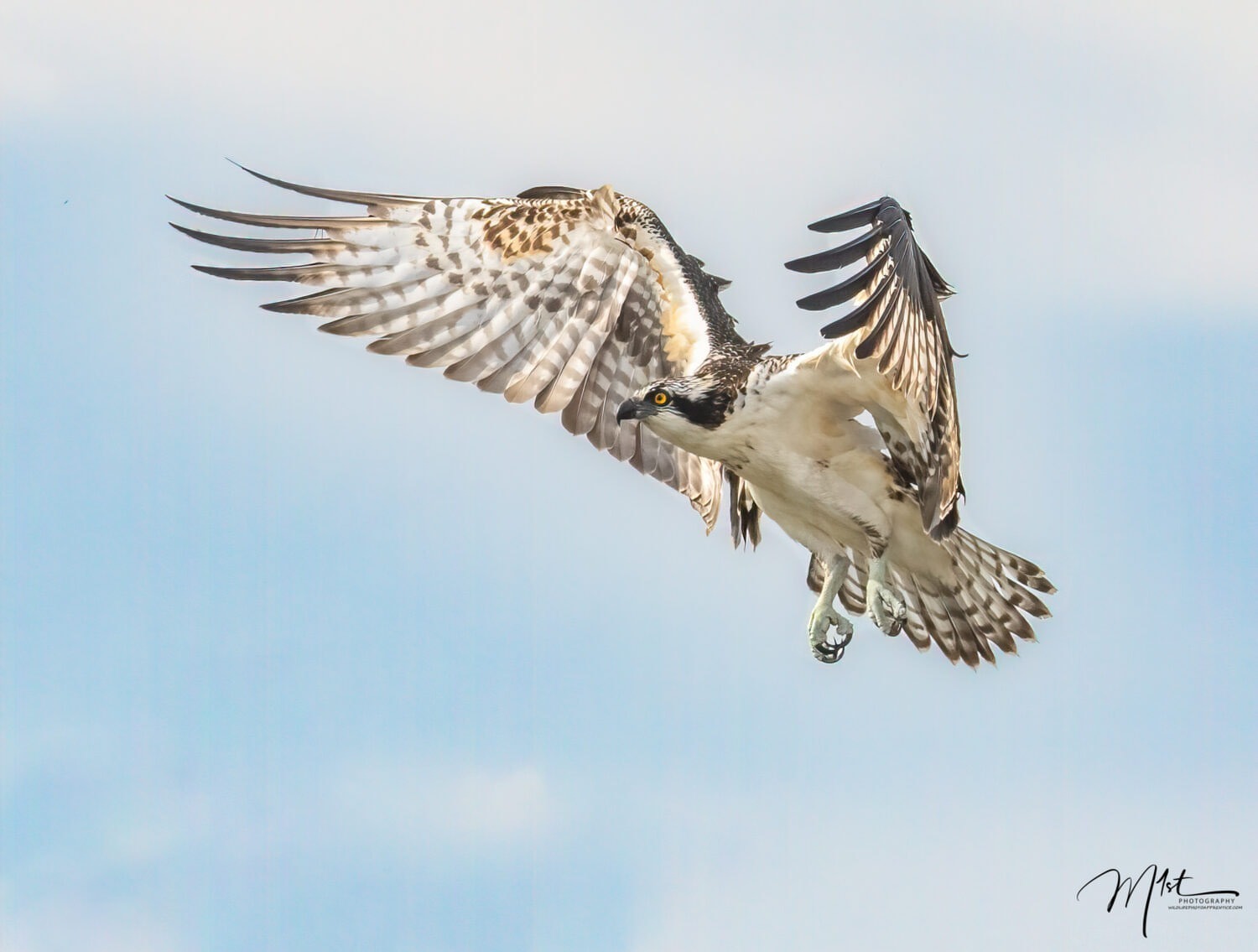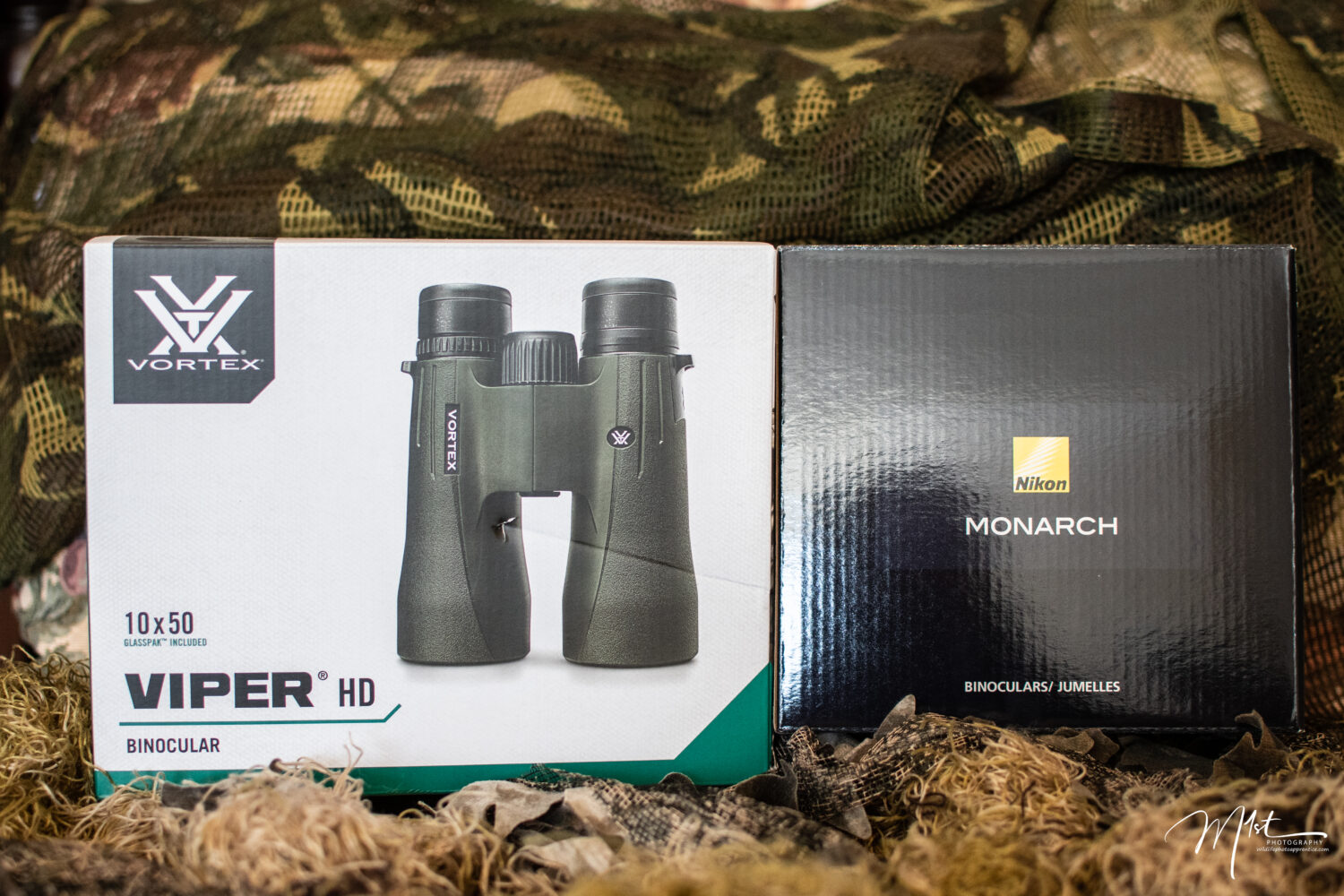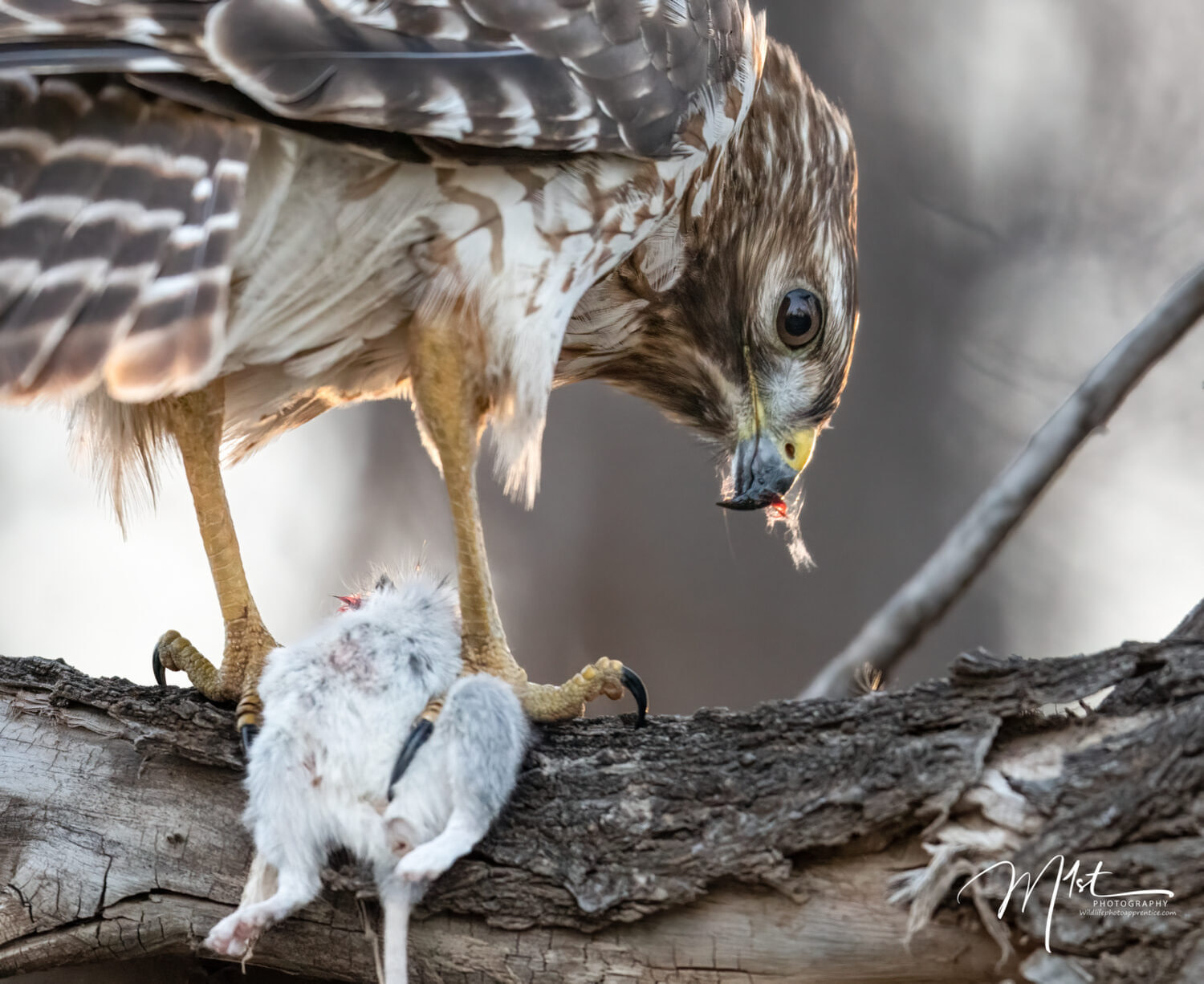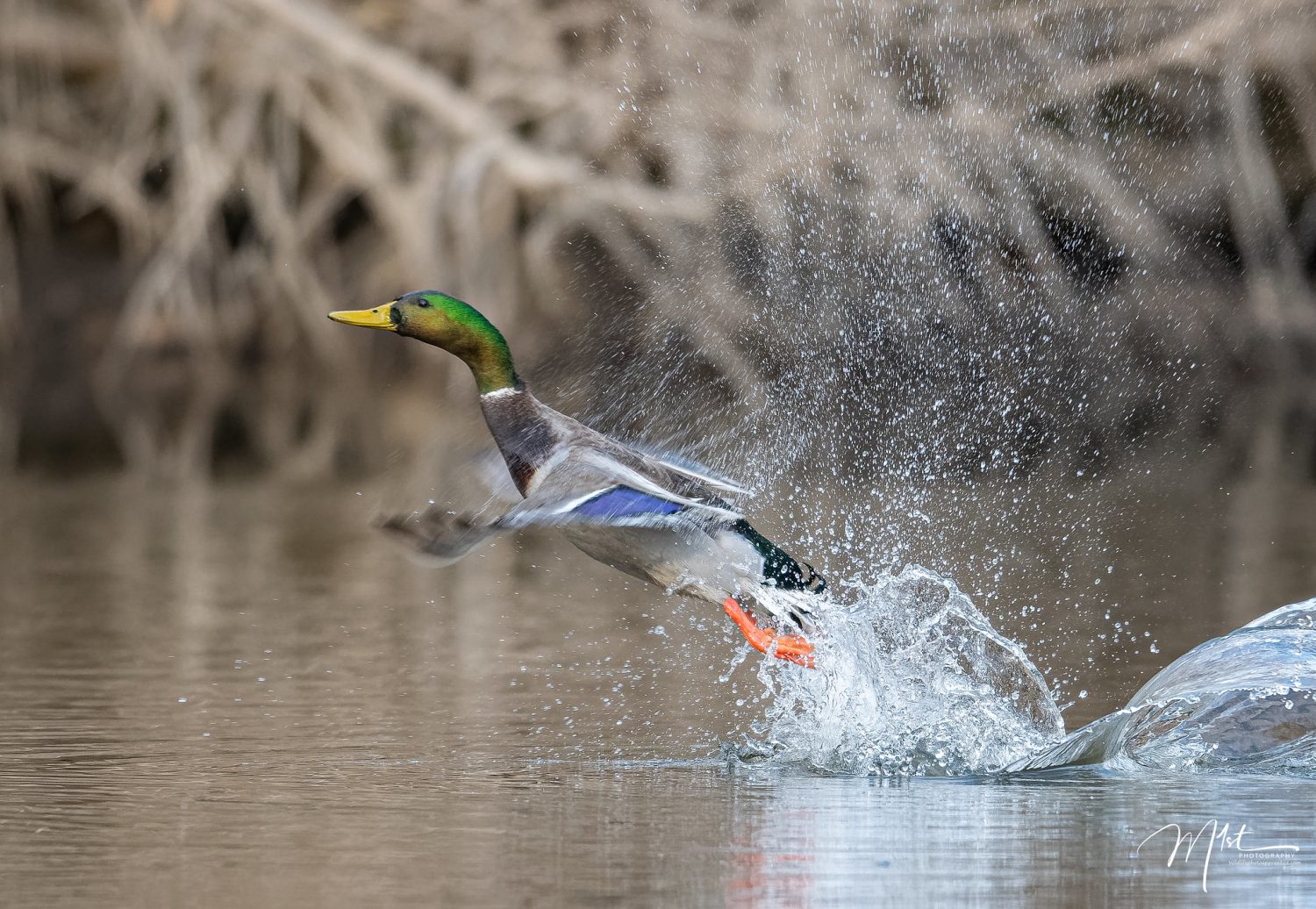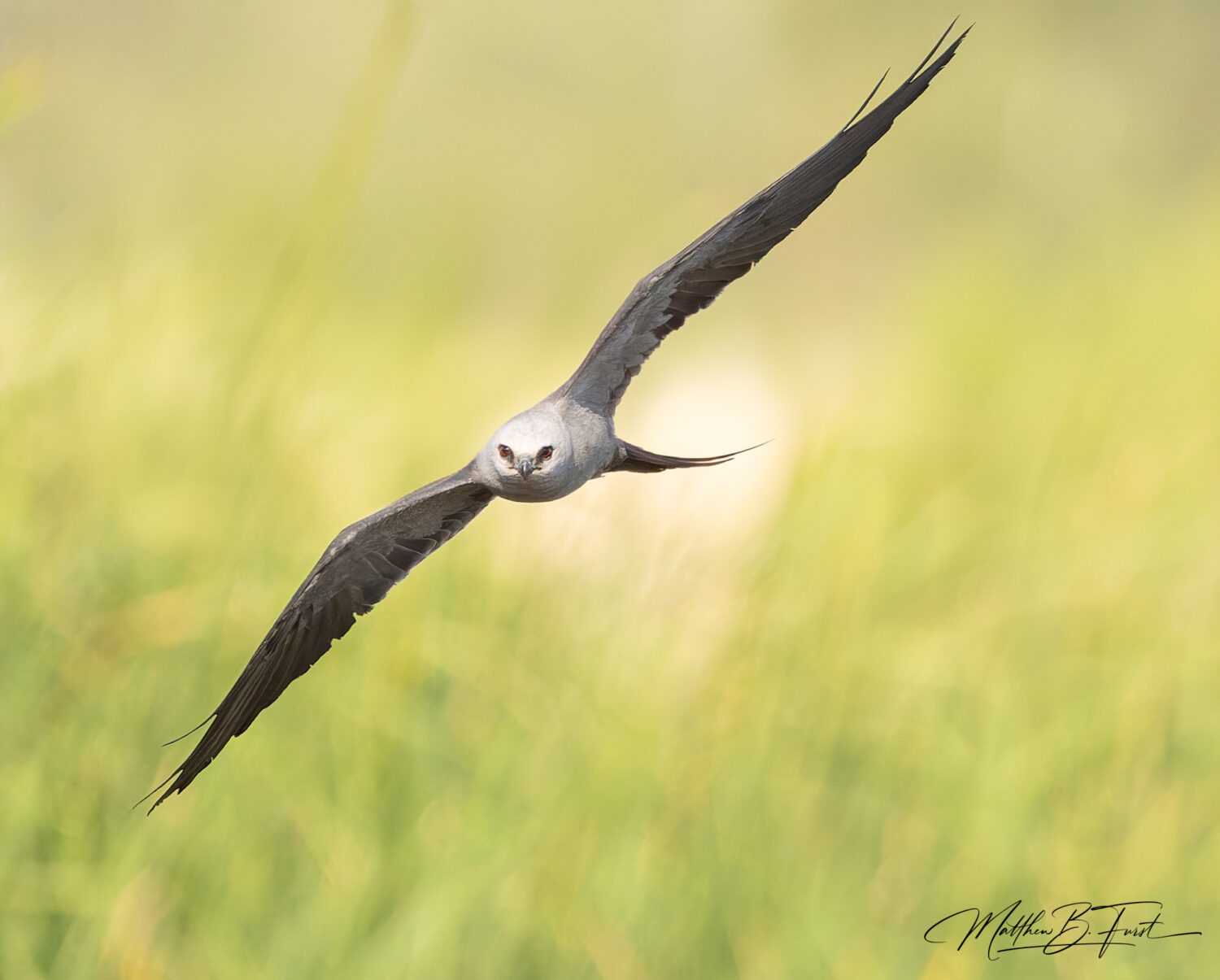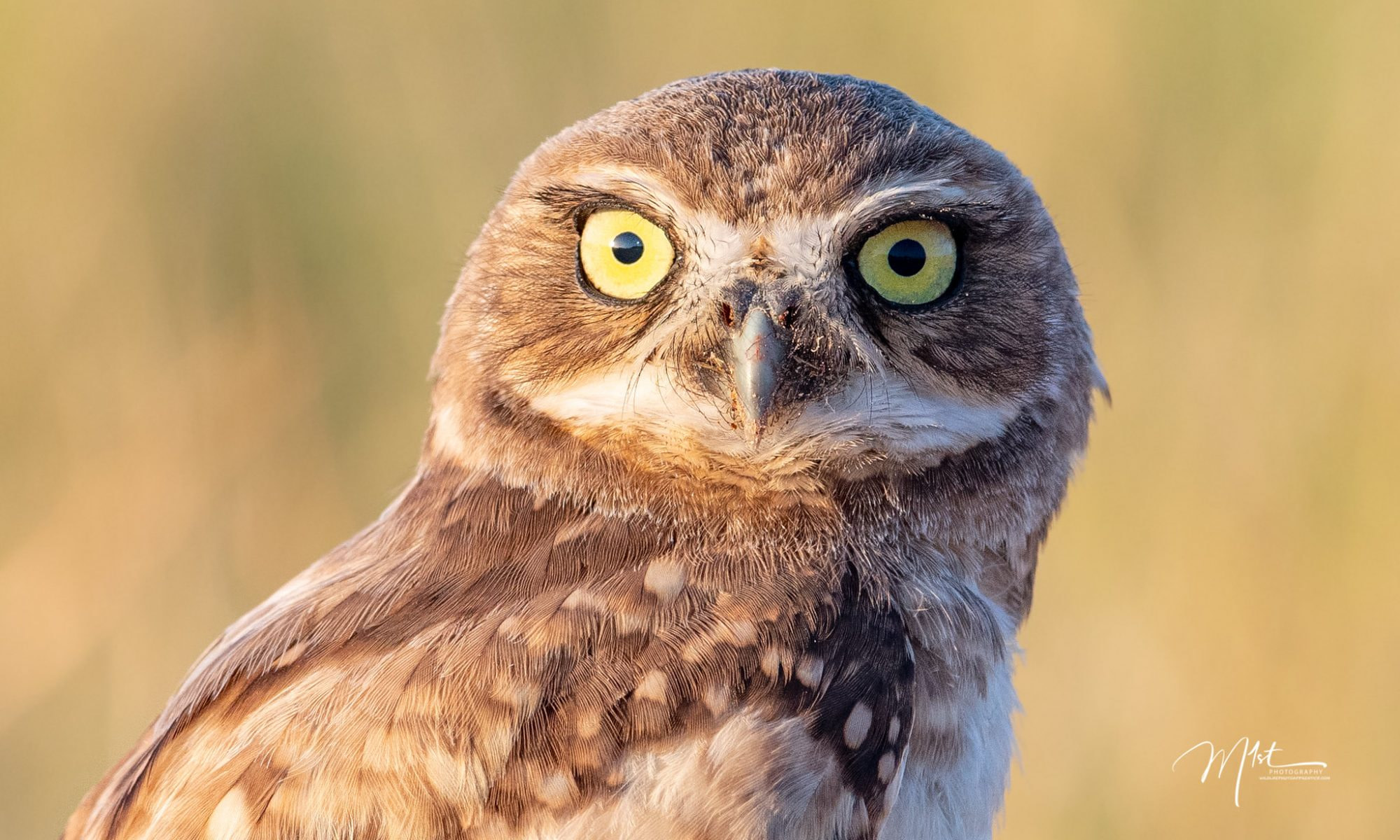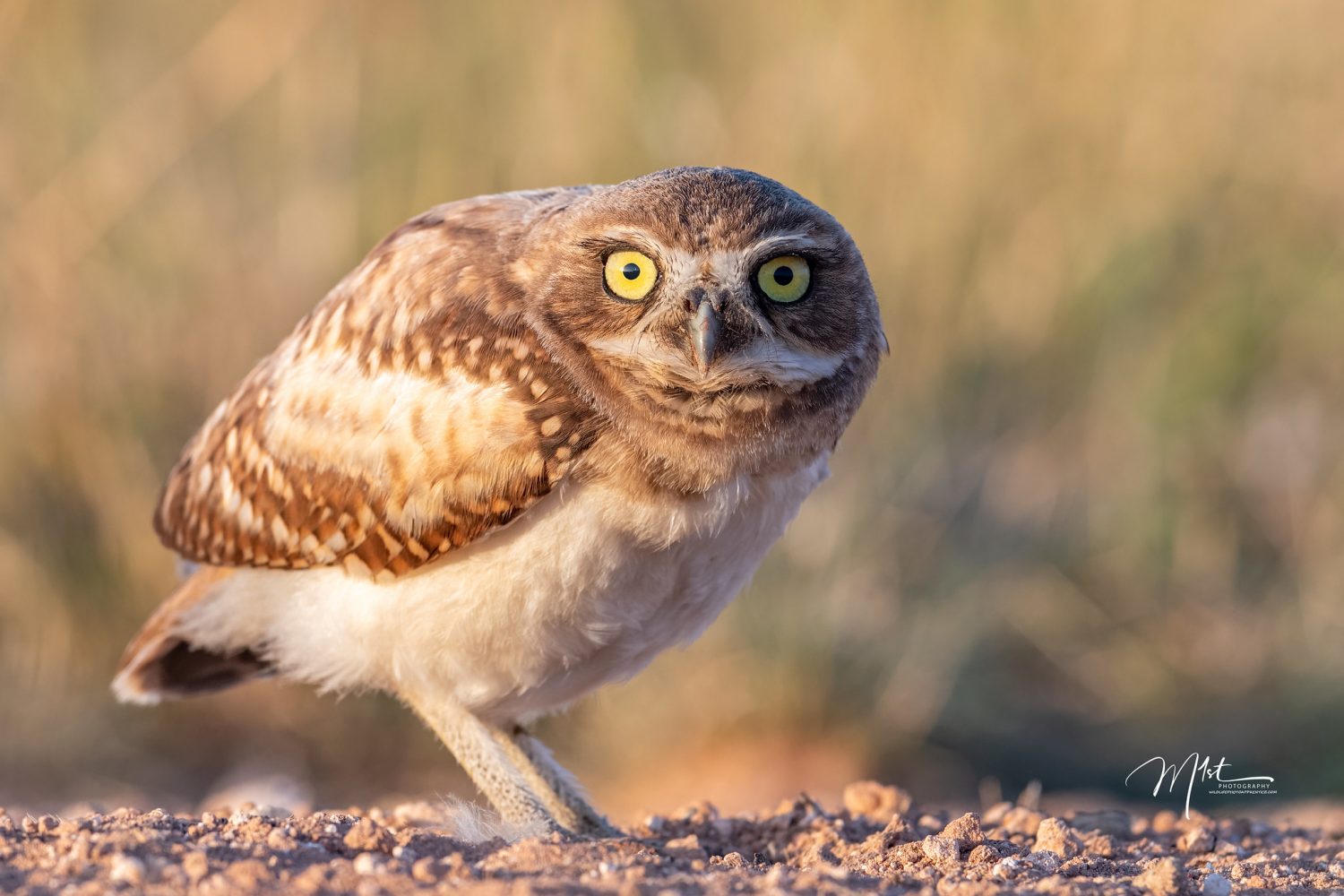“It’s not the camera, It’s the photographer”. I wish I had a nickel for every time I’ve read that in a photography book or magazine, or saw it argued on a photography forum. While it may be true that a great camera won’t make a poor photographer take great photos, it’s also true that it won’t hurt either. Throughout my life, I’ve been fortunate enough to have several hobbies in addition to photography. If there is one thing that I have learned for sure over and over again, it’s that you should buy the best equipment you can afford the first time around. A good carbon fiber fly rod won’t catch more fish, but it will make the experience of fly fishing easier, more efficient, and a lot more fun. The same holds true for golf clubs, skis, backpacks, and most certainly cameras and lenses.
